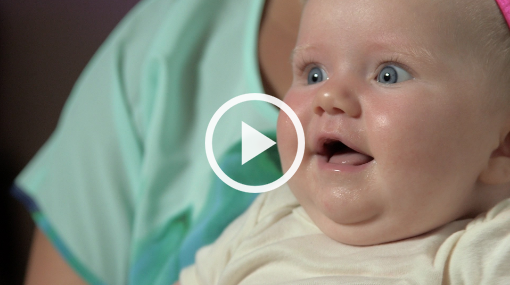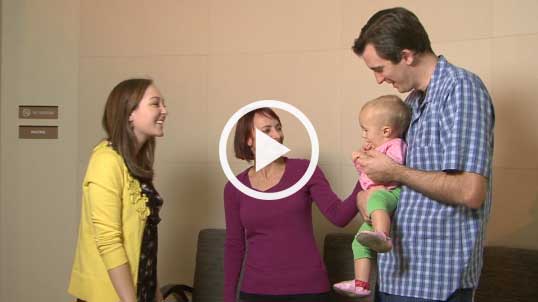Fertility Surgery Services Performed by Experts
Every surgery at RPSD is performed by our experienced, compassionate doctors, all of whom are leaders in the field of infertility. All surgeries take place at the La Jolla Women’s Surgery Center, here in our building, down the hall from our main office, and are performed as outpatient procedures.
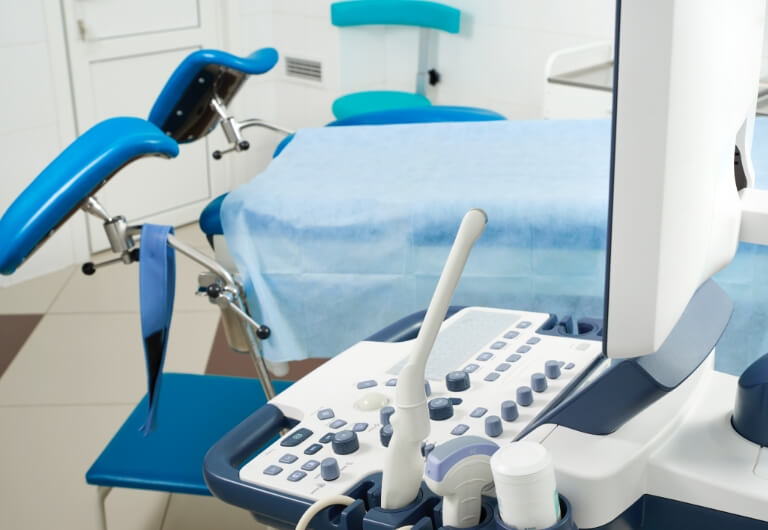
Egg Retrieval
Egg (“oocyte”) retrieval (also called “transvaginal ultrasound directed follicle aspiration”) is the process of surgically retrieving eggs as part of the In Vitro Fertilization (IVF) process. It’s a quick, minimally invasive procedure done under anesthesia in which follicular fluid is aspirated to retrieve your eggs.
This procedure is performed transvaginally. A needle guide attached to the ultrasound probe will help your doctor to direct a needle through your vaginal wall and into your ovary. The needle will be inserted once into your ovary, and each follicle (a small sac of fluid in the ovary that contains a developing egg) will be removed (“aspirated”), one after the other. We collect this fluid in a warm test tube and then hand it off to an embryologist, who will identify each egg under a microscope.
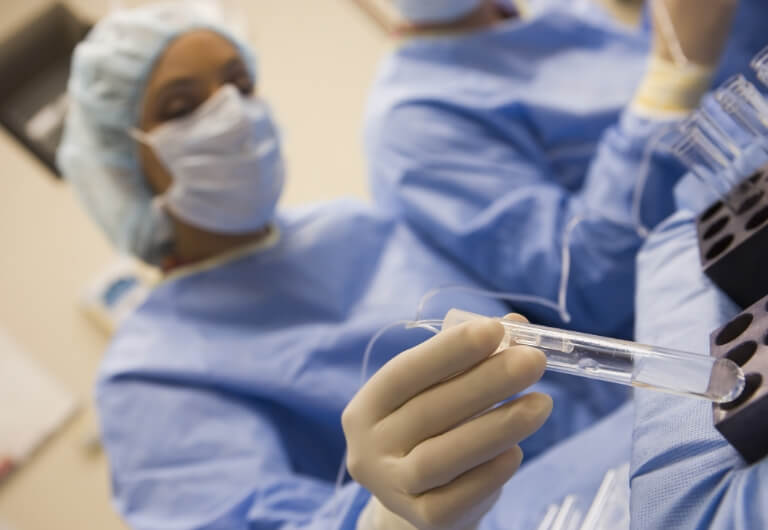
Hysteroscopy
A hysteroscopy is a procedure done under anesthesia that enables our fertility doctors to better evaluate your uterine cavity. With assistance from abdominal ultrasound and dilatation of your cervix, your doctor will introduce a thin camera device (called a “hysteroscope”) past your cervix and into your uterus. This device is like a telescope that can “see” into your uterus and capture images you can view after your procedure.
Once able to view your uterine cavity, your doctor may need to remove adhesions (scar tissue), small fibroids, or polyps. Your doctor will choose the most appropriate device for this, but a morcellator device is often used. Morcellators are shaped thin like hysteroscopes and essentially “shave” off polyps or fibroids from your uterine cavity.
This process is relatively quick, and you’ll experience little discomfort afterwards. During recovery, you may experience minimal bleeding and possibly mild uterine cramping.
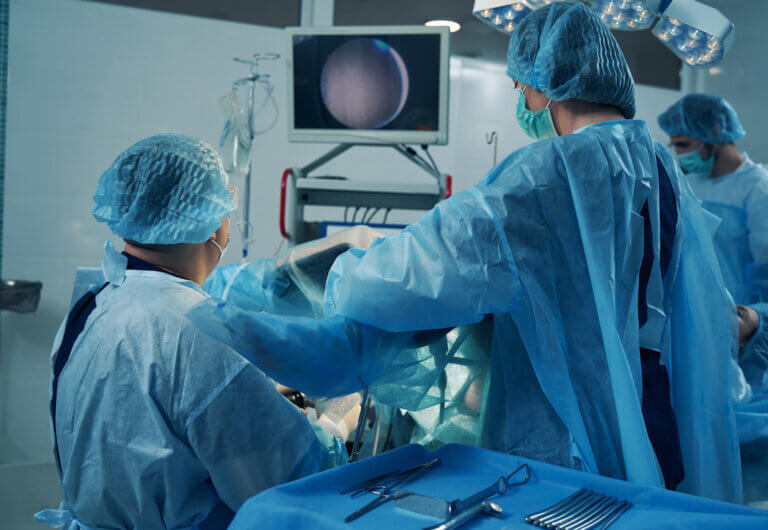
Dilation and Curettage
Dilation and Curettage (also called “D&C”) is a surgery performed under anesthesia to treat various conditions, including uterine bleeding or retained tissue after a miscarriage. Your doctor will use surgical instruments called “dilators” to gently dilate your cervix. Once dilated, your doctor will use surgical instruments or a manual vacuum device to remove tissue from your uterus.
A D&C is relatively quick and may result in mild to moderate uterine cramping during recovery and possibly mild bleeding. Most patients can usually return to regular activity in a day or two.

Testicular Sperm Extraction
Testicular Sperm Extraction (TESE) is a safe and effective procedure that helps couples who are struggling with male factor infertility. If a man has non-obstructive azoospermia (where there is no sperm present in the semen), TESE can be performed under anesthesia to retrieve sperm from the testicles for use in assisted reproductive technologies like In Vitro Fertilization (IVF). The TESE procedure involves gently removing a small tissue sample from the testicle, which is then carefully examined under a microscope to identify and obtain sperm.

Let’s Take the Next Step Together
Our skilled fertility specialists are here to help. Contact us today and let’s discuss the next phase of your fertility journey.

